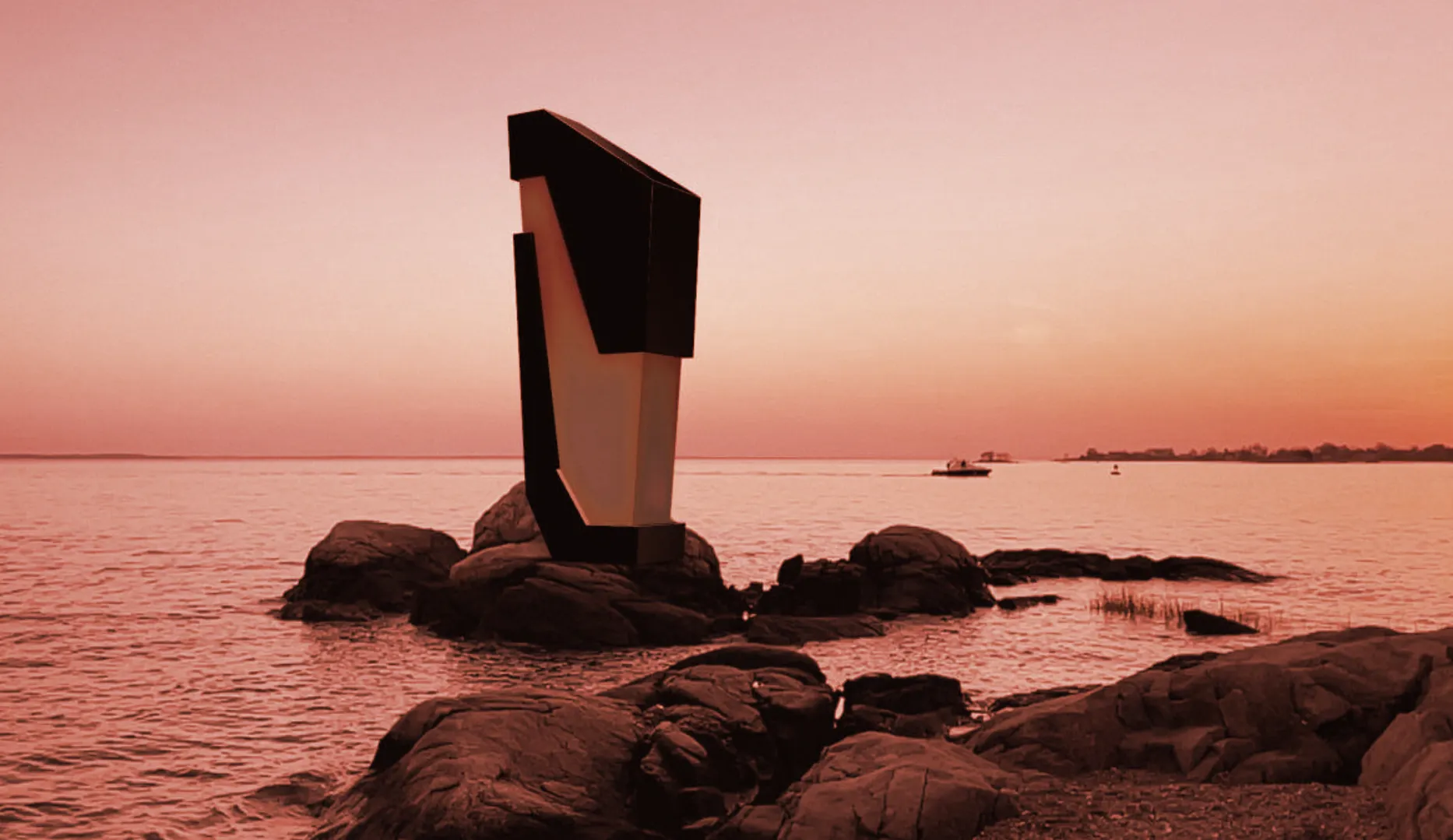Anima, an augmented reality startup, wants to build a bridge between the physical world and the metaverse. And it thinks a global treasure hunt for NFTs, floating in virtual space, is the way to do it.
Last week, Anima launched PHASE MN:01 Mirror, a collection of 8,888 unique augmented reality NFTs created with street artist Demsky. Unlike most headline-grabbing NFTs of late, which are only visible as image files, Mirror AR NFTs will interact with the real world through smartphone camera filters, a la Pokémon Go or the real-world Bitcoin-hunting game created by the same developer. (These Mirror AR NFTs are not to be confused with Mirror Protocol, a platform for synthetic stocks, nor with Mirror, the decentralized blogging platform that lets writers turn their essays into NFTs).
What makes these digital artworks unique is how they will change upon interaction with the physical world. New owners of Mirror NFTs—built on Ethereum using Palm—will be dropped coordinates to 10 still-secret locations around the globe; traveling to these locations and placing their NFTs in these landscapes will permanently alter these NFTs visually, audibly, and in their composition on the blockchain. Each Mirror NFT can be altered up to eight times and, if resold, will retain these changes.
Other NFT projects such as Bored Ape Yacht Club have had success allowing owners to change or ‘mutate’ their NFTs, but in those cases, owners kept both the original NFT and the variant, whereas here, the original piece is permanently altered.

Designers behind the project believe this interactive technology will allow artists to express themselves in ways that most other NFTs have not yet permitted. Artists “don’t want to do anything derivative of what they’ve done before,” says Alex Herrity, co-founder of Anima. “They don’t want to just scan their physical work or sell something that’s a JPEG or a looping GIF without it being something new for the world. AR is showing artists that they can do something evolutionary. Something they could not have done before.”
The seven-person, U.S.-based company was founded in January, and is funded by Coinbase Ventures, FlamingoDAO, and Divergence Ventures, among others. Since its founding, the company has released two standalone AR NFTs, which served as test subjects for Anima’s principal project: an augmented reality platform. The platform launched last week, and Mirror is the first project to be released on it.
The Mirror project is currently in a “reservation phase”: interested collectors can enter a lottery in which winners will be permitted to buy up to 15 Mirror NFTs. Later this month, the collection will go on wide sale.
After this purchasing phase, the project will enter Phase II: users can travel the world to evolve these NFTs at specific, curated physical locations. Once a sufficient number of NFTs in the collection have been altered, Phase III of the project will be triggered: each NFT owner will receive a new object with special properties, and instructions to place it somewhere in the world for others to find.
Herrity likens the interactive ownership experience of Mirror to a worldwide treasure hunt, à la "The Amazing Race."
Anima has other AR projects in development, all to be released on its new platform; each project pairs a featured artist’s style with an original AR feature designed by the company. For example, one project sees augmented reality art pieces change based on real-time weather and phases of the moon; another permits multiple NFTs to be taken out of physical landscapes and combined, or crafted, into new composite NFTs.
The platform’s launch comes at a time when the concept of the metaverse has never been more central to the public discourse. Anima hopes its creations will contribute to a broader shift away from a purely virtual metaverse, and toward a “camera metaverse” engaged with reality, where real-world actions affect digital objects.
“Our goal for Anima as a whole is to bridge real and digital worlds, to create a metaverse on top of the real world, as opposed to one you go away to,” says Herrity. “I want the metaverse to be grounded in reality, and additive, versus something that takes you away.”

